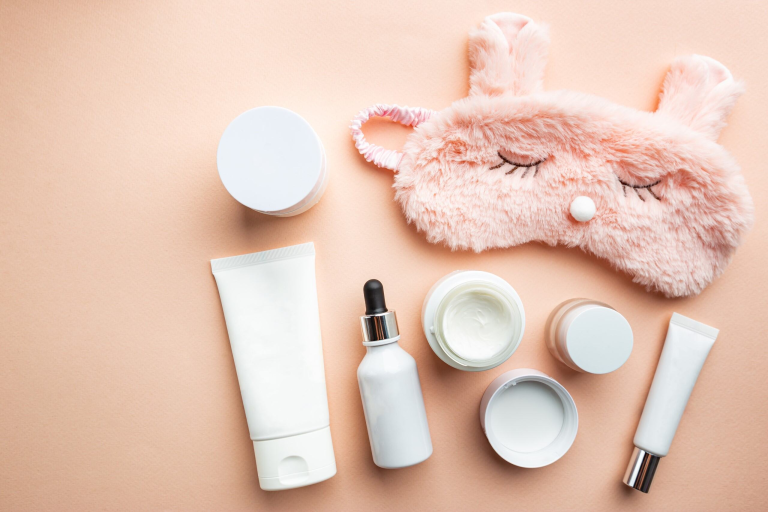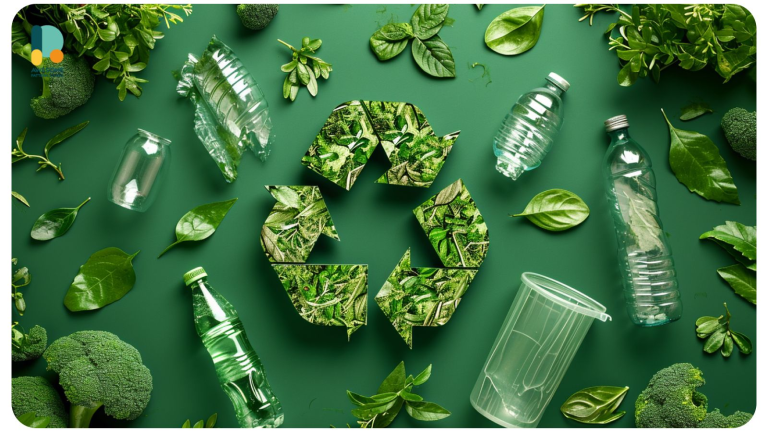The fashion industry is experiencing a profound transformation as consumers increasingly demand transparency, sustainability, and ethical practices from the brands they support. Ethical fashion trends have evolved from niche concerns to mainstream movements, reshaping how clothing is designed, produced, and marketed. This shift represents more than a passing fad—it signifies a fundamental reconsideration of fashion’s purpose and impact in a world facing urgent environmental and social challenges.
Understanding the Ethical Fashion Revolution
Ethical fashion encompasses multiple interconnected concerns including environmental sustainability, fair labor practices, animal welfare, and cultural preservation. Unlike fast fashion’s disposable mentality, ethical fashion prioritizes longevity, quality, and the wellbeing of all stakeholders in the supply chain. This holistic approach requires rethinking every aspect of the fashion system, from raw material sourcing to end-of-life product management.
The growth of ethical fashion reflects broader societal shifts toward conscious consumption across industries. As information about fashion’s environmental and human costs becomes more accessible, consumers increasingly view their purchasing decisions as expressions of their values and vehicles for positive change. This awareness has created market opportunities for brands aligned with ethical principles while putting pressure on conventional fashion companies to reform their practices.
Key Ethical Fashion Trends Reshaping the Industry
Several distinct ethical fashion trends have emerged as particularly influential in the industry’s evolution.
Sustainable Material Innovation
Revolutionary fabric developments are expanding designers’ ethical options:
- Recycled textiles transformed from post-consumer waste and ocean plastics
- Plant-based alternatives including pineapple leather, mushroom leather, and orange fiber
- Regenerative agriculture producing cotton, wool, and other fibers while restoring ecosystems
- Low-impact dyes and natural coloring processes reducing water pollution
- Biodegradable materials designed to safely return to natural cycles
These innovations allow fashion to maintain creative expression while dramatically reducing environmental footprints.
Transparent Supply Chains
Visibility throughout production processes has become increasingly important:
- Blockchain technology enabling complete traceability from raw materials to finished products
- QR codes providing consumers with detailed product journey information
- Factory certification programs verifying working conditions
- Published supplier lists revealing previously hidden production networks
- Direct relationships between brands and material producers
This transparency helps consumers make informed choices while incentivizing ethical practices throughout supply chains.

Circular Fashion Systems
Moving beyond linear “take-make-dispose” models:
- Rental platforms extending garment lifespans through shared usage
- Repair services helping consumers maintain existing clothing
- Resale markets normalizing pre-owned fashion
- Recyclable mono-material designs facilitating end-of-life processing
- Take-back programs converting old garments into new products
These circular approaches minimize waste while maximizing the value derived from resources already invested in clothing production.
Cultural Authenticity and Preservation
Ethical fashion increasingly honors traditional craftsmanship:
- Collaboration with indigenous artisans maintaining cultural techniques
- Proper attribution and compensation for cultural design elements
- Revival of heritage crafts at risk of disappearing
- Educational initiatives documenting traditional knowledge
- Fair partnerships ensuring artisan communities share in profits
These practices protect cultural diversity while creating distinctive products with meaningful stories.
Navigating Challenges in Ethical Fashion
Despite growing momentum, ethical fashion faces significant obstacles to mainstream adoption.
Accessibility and Pricing Realities
Ethical production often comes with higher costs:
- Fair labor wages necessarily increasing production expenses
- Sustainable materials typically costing more than conventional options
- Smaller production volumes limiting economies of scale
- Investment in innovation requiring financial resources
- True cost accounting incorporating previously externalized impacts
These factors create pricing challenges requiring creative solutions and consumer education about value versus cost.
Greenwashing and Verification Difficulties
As ethical fashion gains popularity, misleading claims have proliferated:
- Vague terminology without substantive backing
- Cherry-picked sustainability achievements obscuring overall impacts
- Third-party certification confusion with varying standards
- Limited regulation of environmental and ethical claims
- Complex supply chains difficult to fully verify
These challenges highlight the importance of rigorous standards, transparency, and consumer education.

Making Ethical Fashion Choices as a Consumer
Individual choices collectively drive market transformation. Consider these approaches:
- Research brands using resources like Good On You, Fashion Revolution, and certification databases
- Prioritize versatile, high-quality items that will remain in your wardrobe for years
- Experiment with secondhand shopping, clothing swaps, and rental services
- Support local designers with transparent production practices
- Care for existing clothing properly to extend its lifespan
- Ask brands questions about their materials, labor practices, and environmental initiatives
These actions help align your wardrobe with your values while sending market signals supporting ethical practices.
The Future of Ethical Fashion
The ethical fashion trends currently emerging will likely accelerate in coming years:
- Advanced technology making supply chain transparency the norm rather than exception
- Regenerative practices becoming standard requirements for natural materials
- Circular business models expanding throughout the industry
- Legislation mandating environmental and social responsibility
- Consumer expectations permanently shifted toward ethical considerations
These developments suggest ethical fashion will increasingly become simply “fashion”—the expected standard rather than a distinct category.
FAQ Section
How can I verify if a brand’s ethical claims are genuine?
Look for specific details rather than general statements. Legitimate ethical brands typically provide concrete information about their materials, manufacturing locations, certifications, and improvement initiatives. Third-party certifications like Fair Trade, GOTS (Global Organic Textile Standard), or B Corp provide additional verification. Organizations like Fashion Revolution also publish transparency rankings and resources for assessing brand claims.
Is ethical fashion inherently more expensive?
While ethical fashion often costs more than fast fashion, the price difference reflects the true cost of production without exploitation. However, considering cost-per-wear, ethical pieces frequently prove economical over time due to higher quality and timeless design. Additionally, many ethical fashion approaches—buying secondhand, repairing items, and maintaining a smaller, more versatile wardrobe—can actually reduce overall clothing expenditure.
Conclusion
The ethical fashion trends reshaping the industry represent a fundamental shift in how we produce, consume, and value clothing. By making conscious choices that align with these trends, consumers contribute to a fashion system that respects people, planet, and cultural heritage while still celebrating creativity and personal expression.
As you consider your next clothing purchase, remember that each decision—to buy, to repair, to pass up—communicates your priorities to the market. The collective power of these individual choices drives the ongoing transformation toward a more ethical fashion industry. The question becomes not whether we can afford ethical fashion, but whether we can afford fashion that isn’t ethical—both financially and morally.






